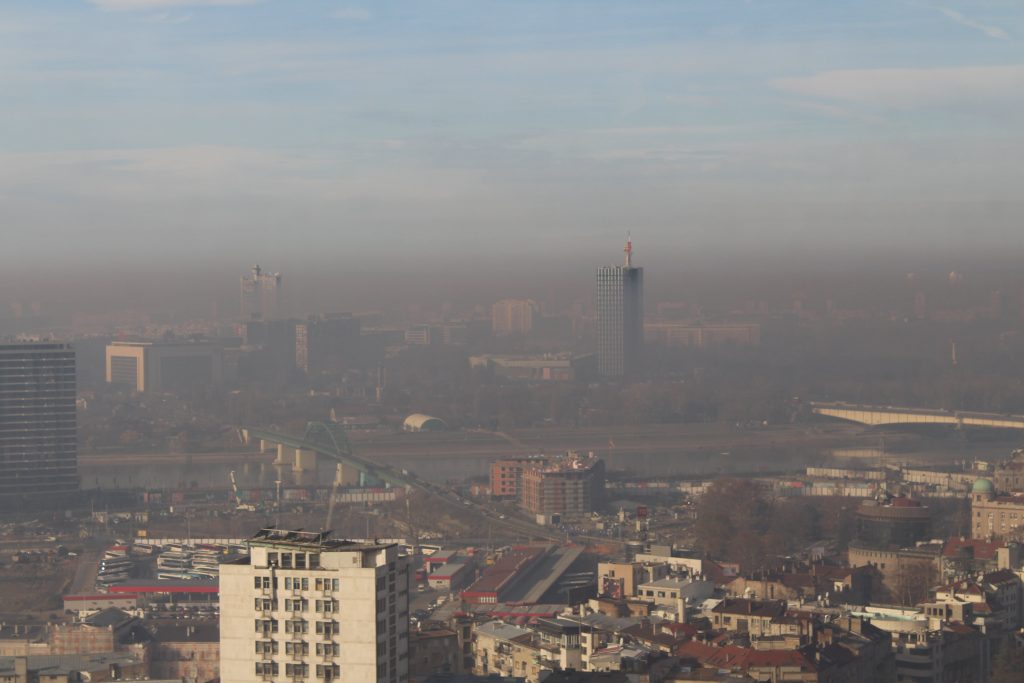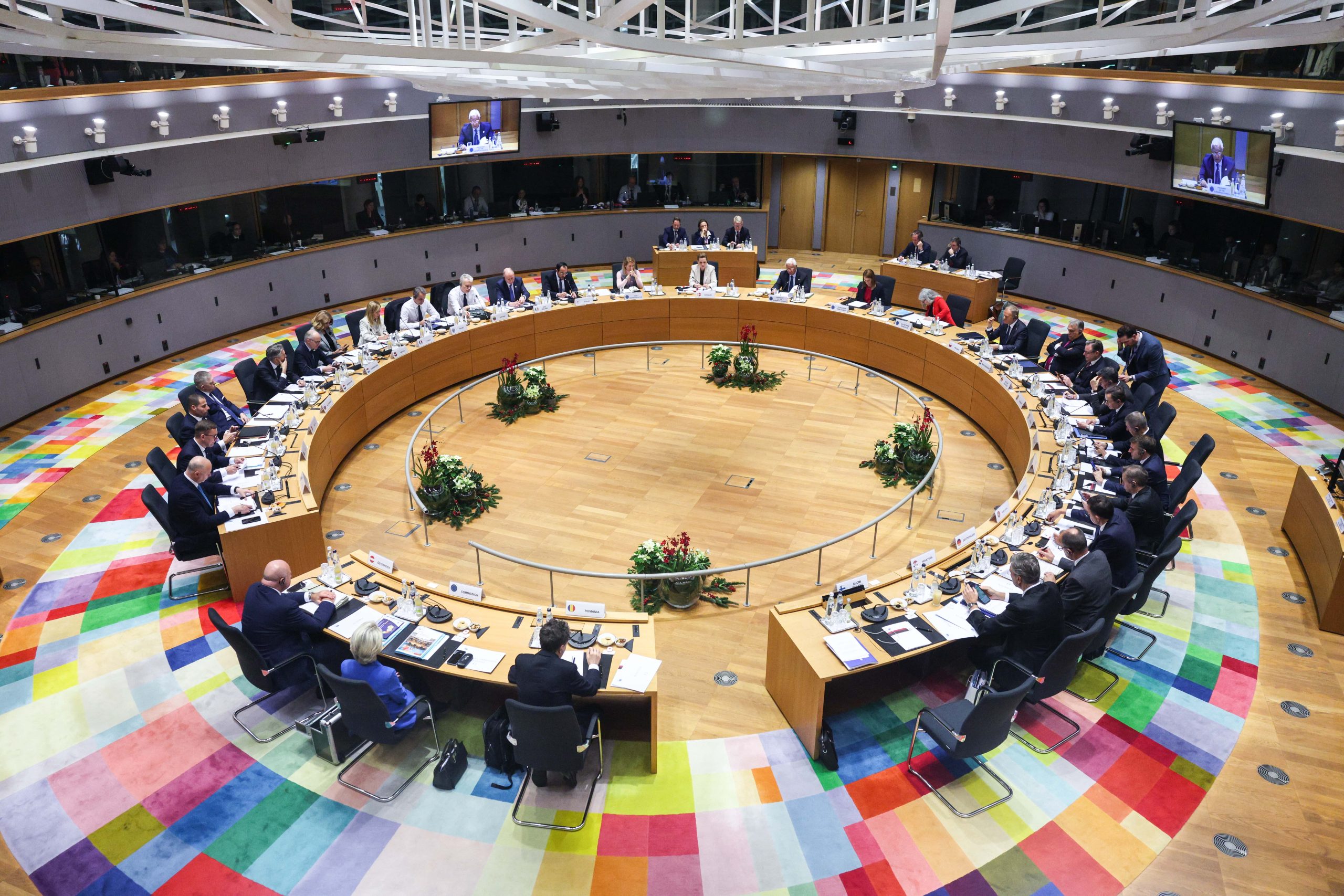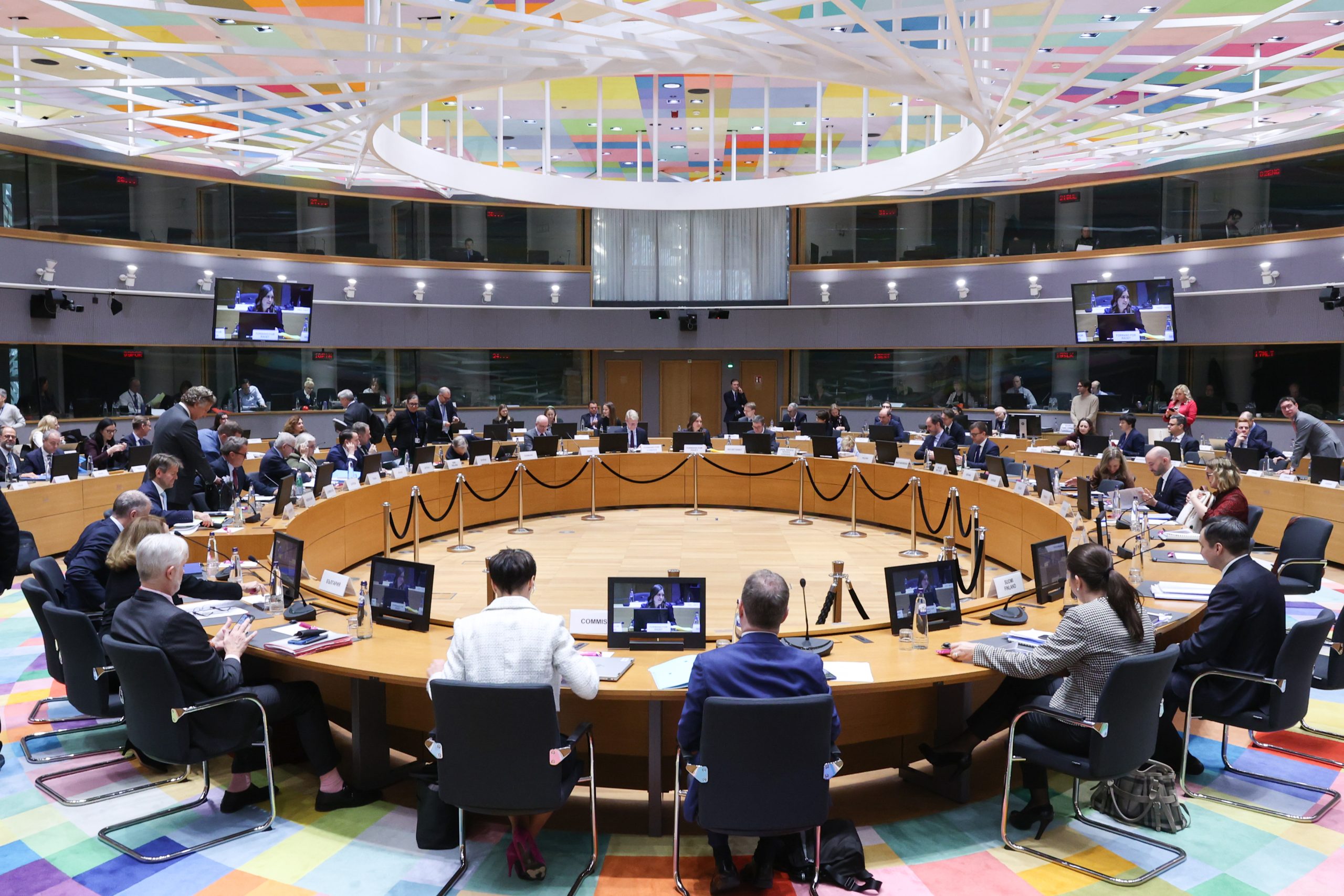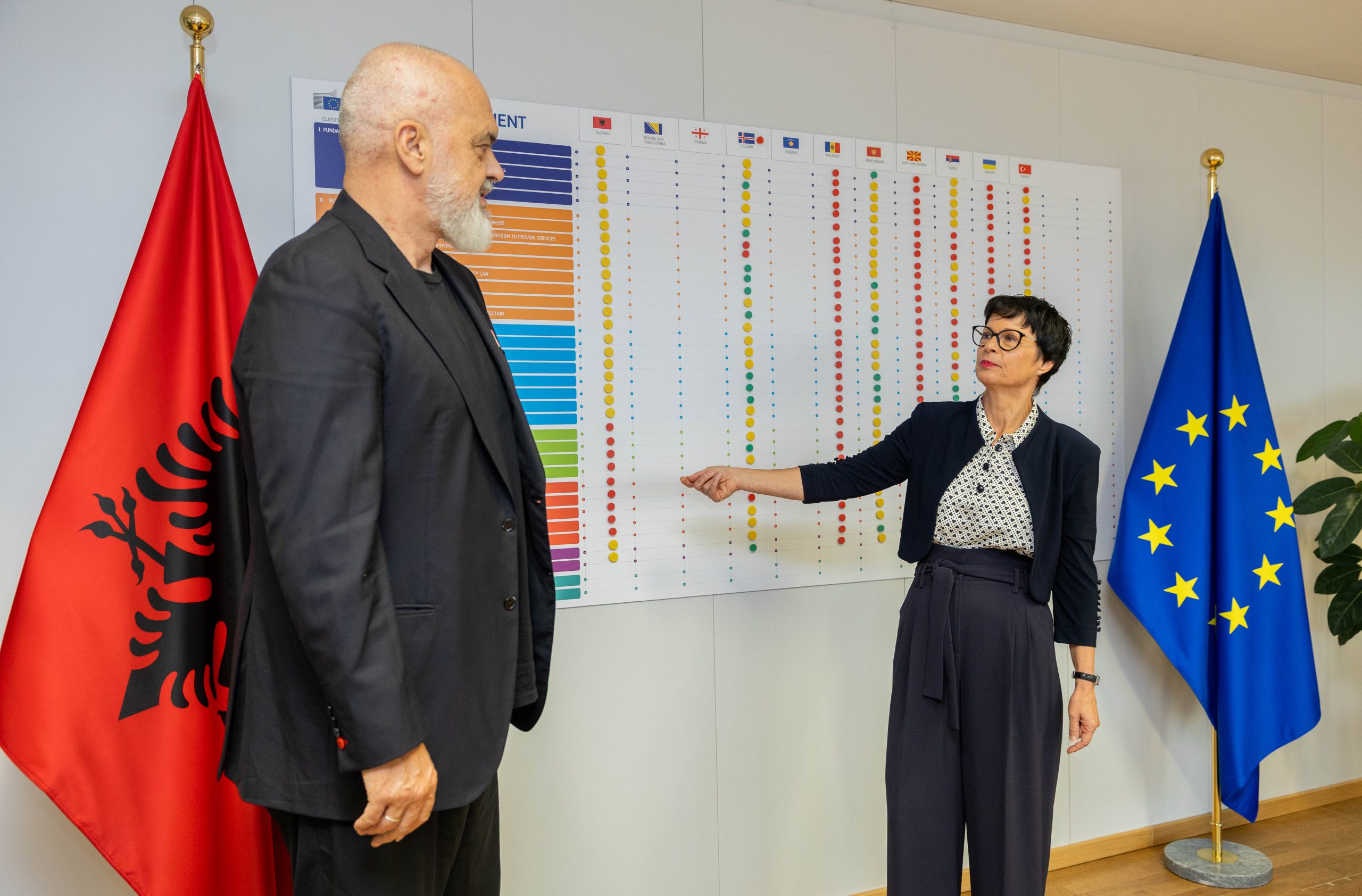Awakening of environmental awareness of citizens and pressure from the Serbian public to resolve urgent “green” issues, which has been intensifying in recent years and which resulted in large protests across Serbia in November and December, are perceived by many as a possible driver of change. However, the question is whether there is political will for that.
Experts are sceptical when it comes to this and are warning that Serbia has to make a serious effort to align its environmental legislature with European standards, ensure its implementation, and put an end to the increasing air, water, and soil pollution, as well as to put an end to endangering ecosystems and protected species.
They further add that an ambitious energy climate plan is necessary, according to which Serbia would completely stop using coal by 2050 and stop the emission of greenhouse gasses which would allow it to keep pace with the rest of the world and its international obligations.
Serbia will need about 15 billion euros to reach EU standards in the field of environmental protection and climate change, of which 7.5 billion will be for the water and waste sectors alone, according to a calculation based on Serbia’s negotiating position for Chapter 27.
Opening of Cluster Four
Almost eight years since the accession negotiations began and after almost two years of hiatus, Serbia has opened cluster 4 – ‘The green agenda and sustainable connectivity’, which includes Chapter 27 – environmental protection, and a long road towards harmonizing legislation with the European one, both on paper and in practice, is ahead.
Mirko Popović, Program Director of the Renewable Energy Regulatory Institute (RERI), estimates that the opening of Cluster 4 most likely happened due to the adoption of regulations in the field of energy, and when it comes to Chapter 27, significant progress is evident only in the adoption of the Law on Climate Change.
“Serbia has not met standards in the field of environmental protection and climate change that would show tangible progress. The Law on Climate Change has been adopted, but I would like to see the effects of its implementation after a year has passed”, says Popović.
Lack of law harmonization – an obstacle for environmental protection
Popović warns that when it comes to environmental protection and climate change, Serbia’s problem isn’t only in bad implementation of laws and regulations, but also in the way the laws are adopted.
“Serbia did transfer certain EU regulations, but it also blocked its implementation with the transferring technique. When Serbian institutions transfer regulations, they view things in one dimension and do not perform horizontal harmonization and coordination between different types of regulations,” says Popović.
Popović adds that the very process of assessing impacts on the environment is problematic – the administration has poor capacities, the quality of studies is poor, and finally, public participation procedures are poor and are almost always accompanied by violations of the right of the public to participate in the proceedings.
The Serbian ecological “to do” list is long. As Popović concluded, there are problems in almost every sector, and solving them takes time and funds, not just will. Serbia lacks both.
Industrial pollution
In the latest report, the European Commission noted that the Serbian industry is at the very beginning of harmonization with EU regulations and the Industrial Emissions Directive.
Popović illustrates this on the example of harmonization with the mentioned Directive.
“In 2001, the EU adopted the Large Combustion Plant Directive, and in 2010 it adopted the Industrial Emissions Directive. In those 10 years, large combustion plants were aligned with the first directive to apply stricter criteria. Serbia still hasn’t succeeded in implementing the Large Combustion Plant Directive, nor the National Emission Reduction Plan (NERP), which is a transitional measure, and a mitigating circumstance for the harmonization of old plants.”
The report for 2020 shows that the thermal power plant Kostolac B, which is labeled as the biggest sulphur dioxide polluter in Europe, did not operate in accordance with the regulations. Although the thermal power plant Kostolac B has had a built-in desulphurization system since 2017, it still does not have a use permit, and it had only been operating for about three months last year.
Popović reminds that thermal power plants owned by EPS in 2018, 2019, and 2020 emitted on average more than 300,000 tons of sulphur dioxide per year, while they are allowed about 54,000.
Amendments to the Law on Integrated Prevention and Control of Environmental Pollution, which came into force in November and which extended the deadline for major polluters to obtain integrated permits for the second time, are a step further than respecting international obligations.
The air is polluted by thermal power plants and home fireplaces
The consequence of poor industrial and thermal power plants management, along with poor energy efficiency in private households, is poor air quality.
The annual report on the state of air quality in Serbia for 2020 of the Serbian Environmental Protection Agency (SEPA) showed that the air was excessively polluted last year in as many as 15 cities in Serbia.
Popović states that energy poverty statistics are currently being prepared, and by all accounts, Serbia has over a million households in energy poverty.
Ognjan Pantić from the Belgrade Open School adds that data shows that most municipalities that should have Air Quality Plans do not have them, and air quality is often deteriorating in municipalities that have Plans.
‘’Delays in passing Air Quality Plans are frequent, which was the case in Smederevo where it took two years for adopting the Plan even though it had already been created and approved by the Ministry of Environmental Protection’’, says Pantić and adds that on the local level Air Quality Plans do not include essential matters, such as detailed data on emissions, pollution sources or specific measures.
“The content and the adoption process of the Air Quality Plan are examples of bad practices when it comes to this document. The very process of adopting this document had a lot of flaws, such as lack of public debate, documentation basis of the Plan, analysis of the effects of the previous Plan, and the decision not to proceed with the preparation of the strategic impact assessment for the draft Air Quality Plan was made contrary to the laws of the Republic of Serbia”.
Water pollution
Although air is the most prominent ecological problem, it’s not the only one. Serbia still lacks crucial planning documents – Water Management Plan and Water Pollution Protection Plan. Complete harmonization of legislation with European legislation is also needed, in particular with the Water Framework Directive. It is also necessary to update some important bylaws, such as the Decree on Limit Values of Pollutant Emissions into Water, says Goran Sekulić from the Worldwide Fund for Nature (WWF Adria).
The biggest threat to watercourses is industrial and municipal wastewater, which is why the main measure to reduce pollution is the construction of a water purification system.
“We must not forget other impacts that negatively affect water quality and which we must combat: illegal construction in floodplains, destruction of natural habitats along watercourses, excessive exploitation of gravel and sand, and more,” said Sekulić.
He notes that Serbia is the lowest ranked European country in terms of the percentage of population connected to the sewage system and in terms of the percentage of wastewater treatment.
“Currently, about 60 percent of the population is connected on the sewage network, and only about 15 percent of wastewater goes through some form of treatment. Increasing these parameters is key to improving water quality, i.e., achieving European standards in this area, “explains Sekulić. Serbia is also facing serious problems when it comes to the quality of drinking water. The coverage of the population with water supply systems in Serbia is below 90 percent, which is below the European average, but an even bigger problem is that the connection is geographically uneven, so some areas in Serbia have an extremely low connectivity.
Waste management
The waste management strategy of the Republic of Serbia was valid until 2019, and a new one has not been adopted to this day. Igor Jezdimirović, President of the Management Board of “Environmental Protection Engineers”, believes that neglecting the importance of waste management is one of the main reasons why Serbia does not have a new strategic document in this area.
“The Law on Planning System envisages the adoption of a Waste Management Program instead of the Strategy, which was in public discussion a month ago and whose withdrawal from the procedure was requested from several sides, primarily due to non-compliance with the Law on Planning System during the preparation of the Waste Management Program. According to the unofficial information we have, a new Waste Management Program should be drafted and the one that was at the public hearing should be withdrawn from the procedure”, states Jezdimirović.
Data on the percentage of recycling in Serbia are contradictory, while the EU report states a miserable number – only three percent for 2020. The Environmental Protection Agency states in its latest report that the rate of recycling of municipal waste in the previous year was 15.7 percent.
“The discrepancy between the data from the Statistical Office and the Environmental Protection Agency is the best indicator of the negligence of those responsible for this area. What is key to what is happening in this field is the political decision and commitment not to live in waste anymore, but to establish a clear waste management system based on a regional approach, a hierarchy of waste management, a legal basis that everyone respects and a strong will to solve the problem that is growing every day at the rate of 1 kg of waste / day per capita “, says Jezdimirović.
He considers it commendable that the improvement of the waste management system itself has started and that the problem of the landfill in Vinča is being solved, of which the construction of the incinerator is a part.
However, the construction of a sanitary landfill in Vinča is only one step towards reducing the number of illegal and unsanitary landfills, where three quarters of waste ended up in Serbia last year.
Biodiversity
Serbia has made a step towards protecting biodiversity by banning the construction of small hydropower plants in protected areas. Milka Gvozdenović, coordinator of the environmental program of the organization Young Researchers of Serbia, notes that the EU recommendation is that the ban on construction, in addition to protected areas, includes areas of the ecological network.
“It is necessary to make environmental impact assessments in accordance with the law, but it is also necessary to assess the acceptability of ecological network areas. “Unfortunately, neither the new amendments to the Law on Nature Protection, nor the amendments to the Law on Impact Assessment have a well-defined assessment of acceptability for the ecological network,” says Gvozdenović.
When it comes to animal protection, Serbia has undertaken obligations from several international agreements, such as the Convention on the Conservation of European Wildlife and Natural Habitats (Bern Convention) or the Convention on the Conservation of Migratory Species of Wild Animals (Bonn Convention).
“It is necessary to decentralize and change the system of management of protected areas, because currently the biggest managers are public companies that manage forests (Srbijašume, Vojvodinašume). The fight against poaching, illegal logging, excessive and illegal collection of plants are also priorities. In terms of EU policies, further work on the development and implementation of the European ecological network Natura 2000 is crucial “, concludes Gvozdenović.
Noise
In October this year, Serbia received a new Law on Environmental Noise Protection, which is largely in line with European legislation. However, in order to fully implement the Law, which will be fully harmonized with EU legislation, it is necessary to adopt additional regulations, for which a deadline of one year from the date of entry into force of the Law – October 2022.
Executive Director of the Center for Environmental Improvement Ivana Jovčić states that the obligation to produce strategic noise maps in Serbia exists for agglomerations (cities with more than 100,000 inhabitants, ie Belgrade, Novi Sad, Nis, Kragujevac, and Subotica), major railways, roads and airports.
“In Serbia, for now, only the agglomeration of Nis has adopted a strategic noise map, which was made in accordance with EU regulations in 2019, but there is no Action Plan for noise protection. In addition, strategic noise maps have been prepared for one part of the railways (25.88 km) and this year the development of action plans has begun. “Action plans for noise protection have been made for 843 km of main roads in Serbia on the basis of strategic maps in 2019,” says Jovičić.
Climate change
Serbia adopted the Law on Climate Change last year, and now it is time for the next step – the adoption of an ambitious National Integrated Climate and Energy Plan (NECP).
This plan should define and time concrete steps of Serbia in the process of harmonization with the Green Agenda for the Western Balkans and the Paris Agreement, in which the goal of the European Union is to reach 2050. achieve climate neutrality.
This plan should define and time concrete steps of Serbia in the process of harmonization with the Green Agenda for the Western Balkans and the Paris Agreement, in which the goal of the European Union is to reach 2050. achieve climate neutrality.
“According to the data from the National Integrated Plans (NECP) adopted so far, there will be only three more coal-using countries in the European Union in 2030 – Bulgaria, Poland and the Czech Republic. The world has already made decisions and largely adheres to them. In Europe, the use of coal has been halved in the last five years, and Serbia avoids making any decision and is wasting time “, says Mirko Popović.
“What Serbia lacks first is a series of courageous political decisions that will be in line with the Green Agenda for the Western Balkans.” This means gradually abandoning coal, which must begin as soon as possible. If Serbia arrives in 2030 with three quarters of the coal in the energy mix, it will be in serious trouble. Europe and the world will not return to the old, China and Asia will go forward. It will be easier for him who gets caught in that circle on time , concludes the program director of RERI.
This article is published within the project “Supporting media freedom in Serbia in relation to the EU accession process”, implemented in cooperation with EUROPEUM Institute for European Policy and supported by the Ministry of Foreign Affairs of the Czech Republic. The views expressed in this article do not represent those of the EUROPEUM Institute or those of the Ministry of Foreign Affairs of the Czech Republic.









